
Meet the Strong Women of the Creedverse
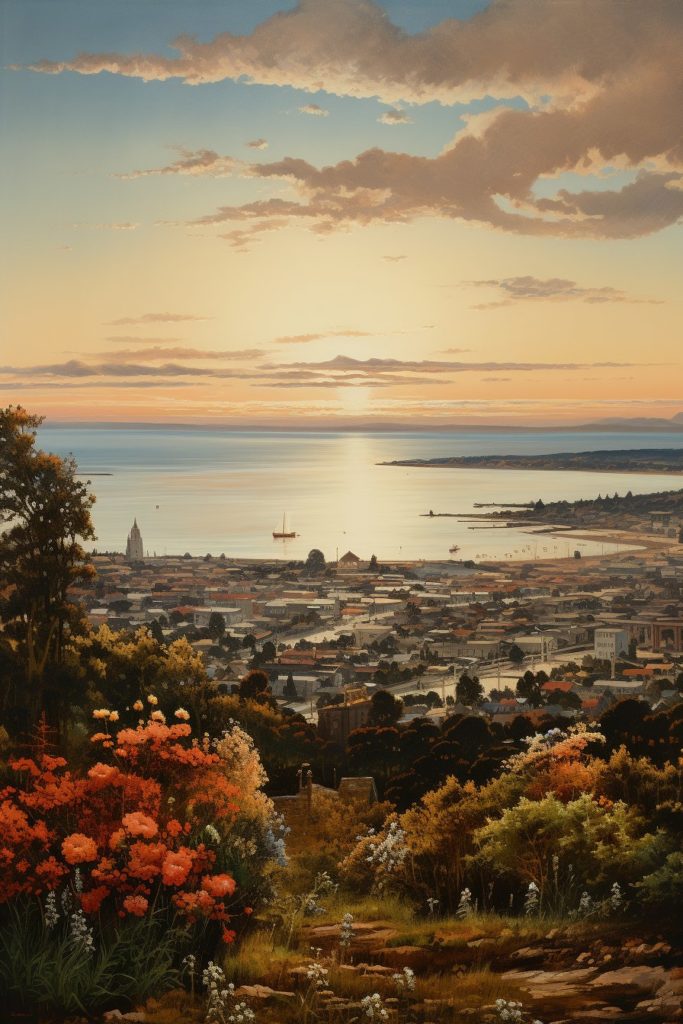 For those unfamiliar, the Creedverse is what I call the fictional world where my novel trilogy, The Adventures of Bodacious Creed, takes place. There will be additional series in this world. In fact, I’m writing a new Creedverse series currently: The Anna Lynn Chronicles.
For those unfamiliar, the Creedverse is what I call the fictional world where my novel trilogy, The Adventures of Bodacious Creed, takes place. There will be additional series in this world. In fact, I’m writing a new Creedverse series currently: The Anna Lynn Chronicles.
The Creedverse is an alternate timeline where advanced technology began changing the world in the early 1870s. So far, the stories have taken place in a wild west version of my hometown of Santa Cruz, California, and San Francisco, California. I’ve done a lot of research and world building. In fact, my series bible on World Anvil, where I keep information about characters, settings, technology, and a whole lot more, is longer than 350,000 words already. That’s a ton of information! Don’t worry, though. The books are easy enough to follow.
So far, those novels are Bodacious Creed: a Steampunk Zombie Western, Bodacious Creed and the Jade Lake, and Bodacious Creed and the San Francisco Syndicate. The current novel-in-progress is Anna, Daughter of Creed.
Now that we have that brief explanation out of the way, let’s get into what I’d like to share today. I’m highlighting three strong women in the Creedverse.
During the time of the Wild West, women lacked many rights they have today, and life could be tough. I write women the same way I write men: as individuals, as people. And, many have praised my portrayal of women, I’m happy to say. It probably helps that my mom is a strong person, and I’ve been close with lots of people of the female persuasion my entire life.
So, let’s get to these characters!
Anna Boyd: The Inventive Genius
 Anna Lynn Boyd is one of the prime movers of the Creedverse. She’s the daughter of James Creed, also known as Bodacious Creed, the protagonist of The Adventures of Bodacious Creed.
Anna Lynn Boyd is one of the prime movers of the Creedverse. She’s the daughter of James Creed, also known as Bodacious Creed, the protagonist of The Adventures of Bodacious Creed.
Anna is a brilliant inventor who overcame a tough childhood. Raised by her aunt and uncle, who faked her death and convinced her father that she was gone, Anna left home when she learned of this, at age 16, to cross the United States from Virginia to California, working as a fix-it person. Eventually, she settled in Santa Cruz. There, after a lot of research, she created an amazing new material called celestium alloy. However, she was broke and at the time, the only work she could find, at age 17, was as a prostitute at a local brothel. Fortunately, the place was decent and the madam better than most.
Once she had her celestium alloy material drawing in power from the luminiferous ether, Anna shared her work with local mogul and technology pioneer Miles Morgan. She was savvy enough to get a contract that would make her rich. She left the prostitution business and went to work for Morgan. Her celestium alloy revolutionized steam engines and industrial tech.
But Anna’s not all about gadgets. She also cares about people. Returning to public life in 1875, she transformed her old workplace, the House of Amber Doves, into a brothel that was much more fair and protective of the women working there.
In 1876, when her father came to town and was shot, she found a way to bring her him back to life using her celestium alloy. While she may not be famous in the novels (yet), Anna’s impact on the Creedverse is undeniable.
Heidi Nelsen: The Community Anchor
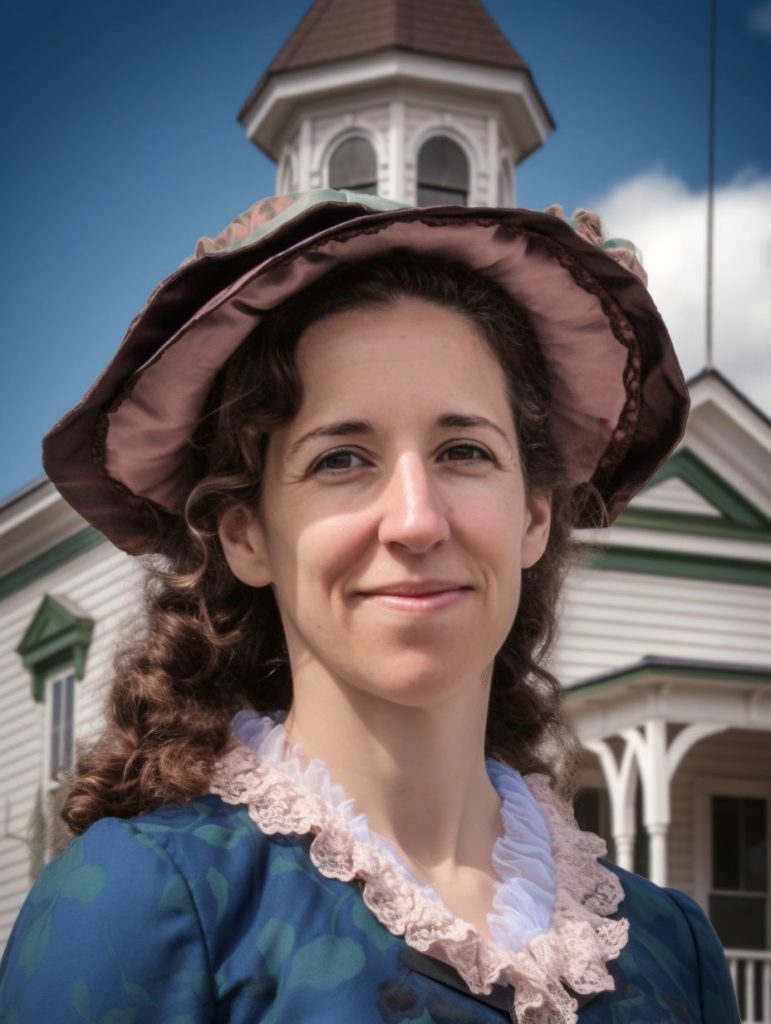 Now, we move to a very different person, Heidi Nelsen. Since James Creed is the protagonist of the first trilogy, all the women mentioned here have a close connection with him.
Now, we move to a very different person, Heidi Nelsen. Since James Creed is the protagonist of the first trilogy, all the women mentioned here have a close connection with him.
Heidi represents the kind-hearted Christian soul of Santa Cruz. However, her religiosity cuts both ways. She has good intentions, but is judgmental of Anna and the sex work business in the area. Keep in mind that back then, there were far fewer women than men, and prostitution allowed men to enjoy companionship they might not otherwise.
Originally from Savannah, Georgia, Heidi spent time living with her husband, Bennet Nelsen, in Texas, where Bennet and Creed were U.S. Marshals working together. Before Ben and Heidi were ever a couple, she had a romantic relationship with Creed. After that fell apart, she ended up with Ben. Later, Nelsen was stationed in Santa Cruz.
Heidi is deeply involved in her local church and always lends a hand in the community. When James Creed came back to life, thanks to Anna, Heidi gave him a place to stay. In time, Heidi accepted that Anna had saved Creed and came to be more tolerant.
Heidi’s legacy of kindness and community service endures.
Selena Moreno: The Jack-of-All-Trades
 While I introduced Anna and Heidi in Bodacious Creed: a Steampunk Zombie Western, Selena first appears in the sequel, Bodacious Creed and the Jade Lake. Señora Moreno is one of the few female members of the fraternal organization E. Clampus Vitus in San Francisco, a group that Creed gets involved with, and who help him solve some tough crimes.
While I introduced Anna and Heidi in Bodacious Creed: a Steampunk Zombie Western, Selena first appears in the sequel, Bodacious Creed and the Jade Lake. Señora Moreno is one of the few female members of the fraternal organization E. Clampus Vitus in San Francisco, a group that Creed gets involved with, and who help him solve some tough crimes.
Selena is a nurse, a skilled markswoman, and even runs a bakery. Born in Mexico, Selena lives in San Francisco with her husband Guillermo and other members of their chapter of E. Clampus Vitus, the Brotherhood of the Golden Cog. She’s participated in risky missions and is both caring and courageous. Creed regards Selena, who is in her mid-sixties, as the sister he never had.
Back to the Creedverse
So there you have it—three strong women, each remarkable in her own way. Anna is a technical genius; Heidi’s strength is her kindness and dedication to the community; and Selena is brave, supportive, and multi-talented. All three know James Creed and contribute in unique ways to the tapestry of the Creedverse.
So, the Creedverse isn’t just about steampunk gadgets and thrilling adventures. It’s also home to complex and unique characters, including these three women. They show that heroism, strength, and femininity can come in many forms. I think that makes the Creedverse a richer, more interesting place.
“I am not free while any woman is unfree, even when her shackles are very different from my own.” ~ Audre Lorde
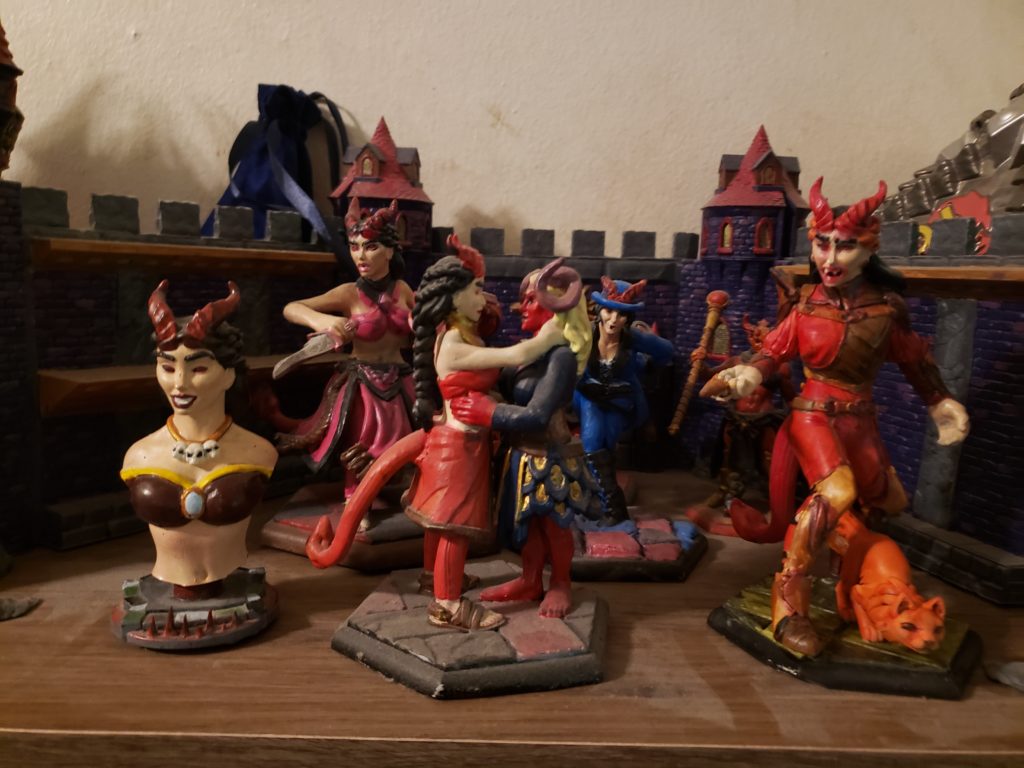
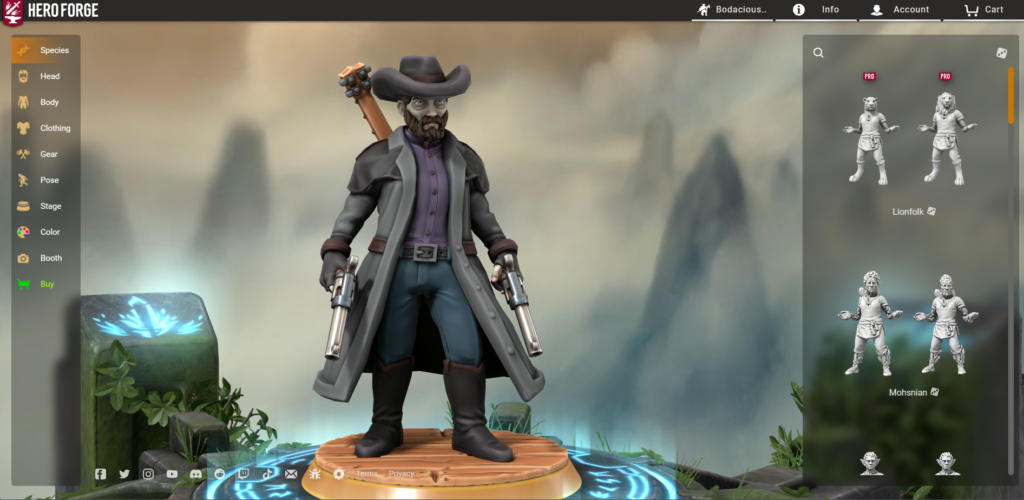
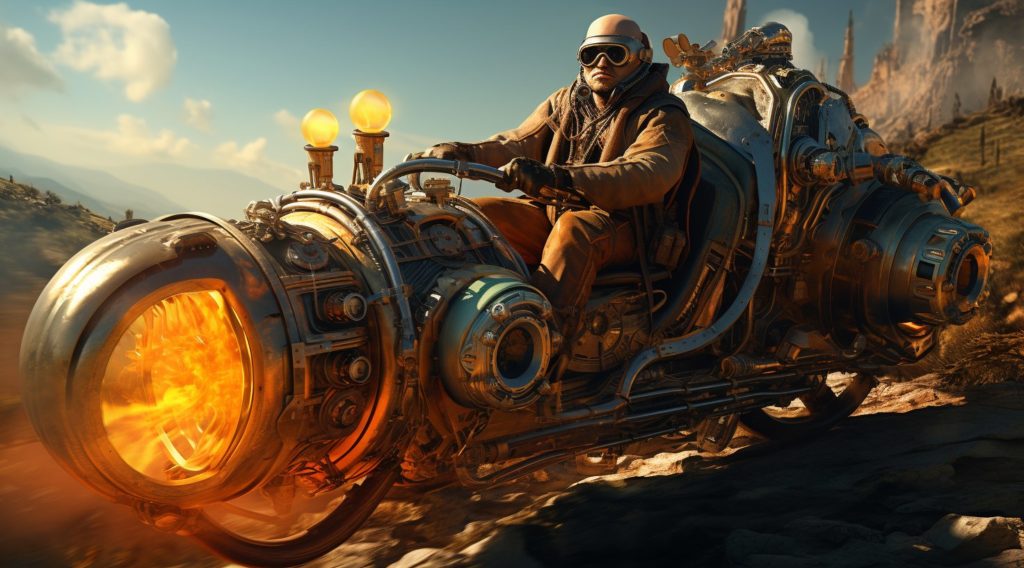
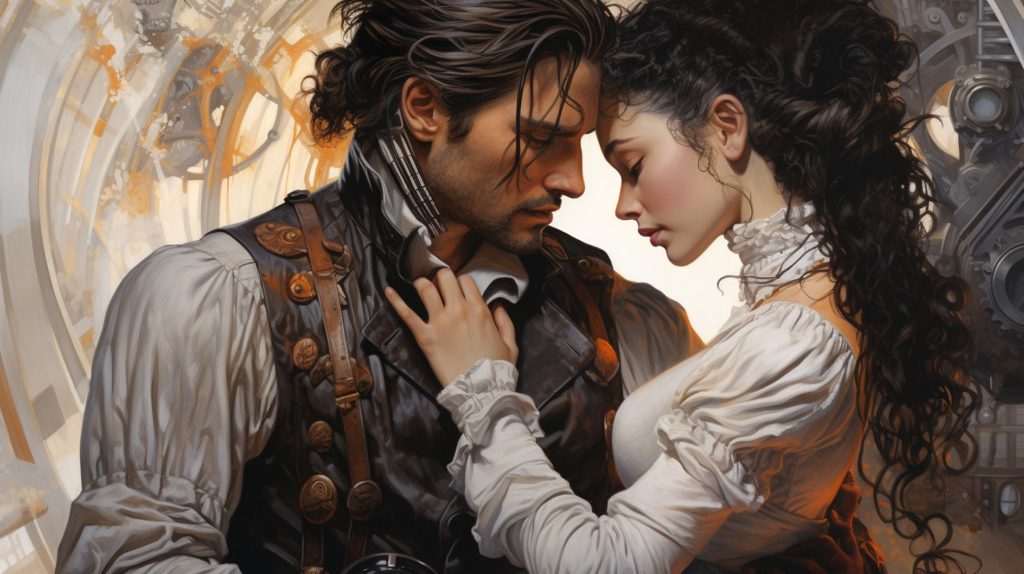
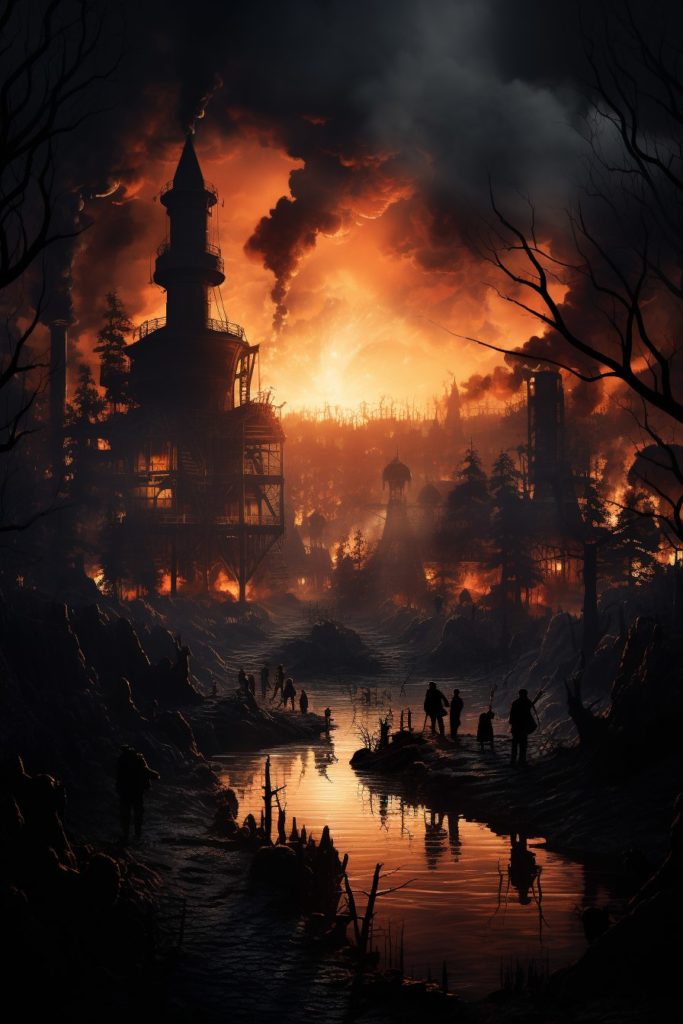 Steampunk fiction can also reflect how we treat the environment. It’s short stories and novels take us back to a time of rapid industrial growth, showing the serious environmental problems that can come from letting industries grow without control in stories that stress the importance of taking care of our environment through sustainable habits. It encourages us to think about the negative effects of not protecting our natural surroundings today. By looking at a period affected by the early negative impacts of industrialization, we can become more aware of the need to embrace green practices now.
Steampunk fiction can also reflect how we treat the environment. It’s short stories and novels take us back to a time of rapid industrial growth, showing the serious environmental problems that can come from letting industries grow without control in stories that stress the importance of taking care of our environment through sustainable habits. It encourages us to think about the negative effects of not protecting our natural surroundings today. By looking at a period affected by the early negative impacts of industrialization, we can become more aware of the need to embrace green practices now.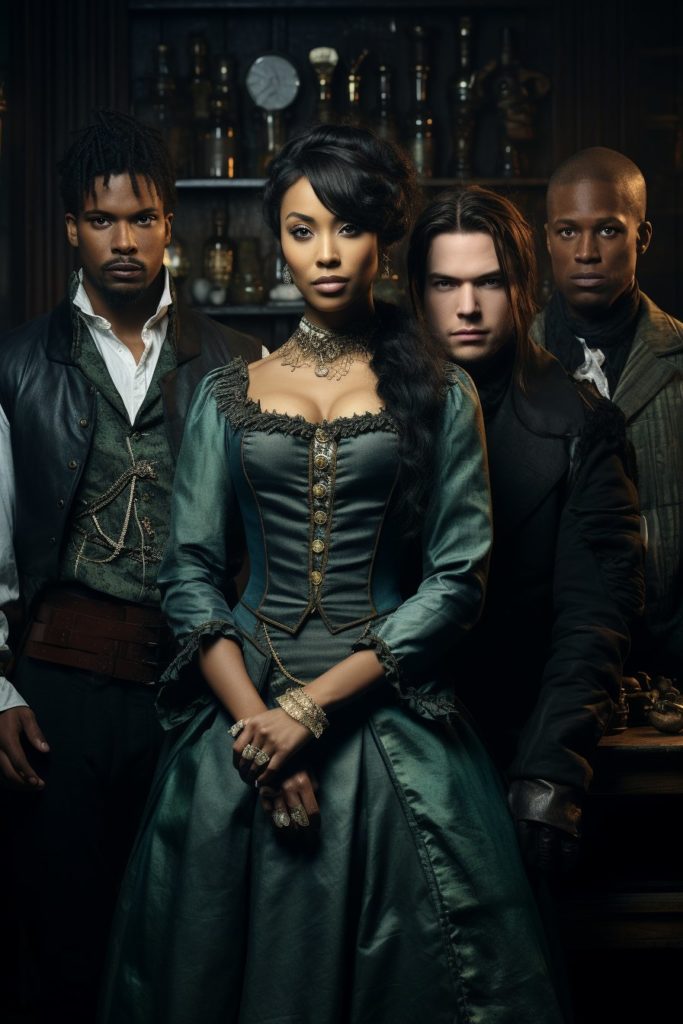 As more authors explore the steampunk genre, their stories echo with messages of diversity and inclusion. Steampunk opens up a vast world where different cultures, backgrounds, and perspectives come to life, encouraging readers to embrace a wider and more compassionate understanding of others. This genre doesn’t just offer tales; it presents a reflection of the varied and complex world we live in today, helping readers appreciate the beautiful tapestry of diverse experiences and narratives. Thus, steampunk showcases the ever-changing styles of storytelling, celebrating the deep diversity that characterizes our modern society.
As more authors explore the steampunk genre, their stories echo with messages of diversity and inclusion. Steampunk opens up a vast world where different cultures, backgrounds, and perspectives come to life, encouraging readers to embrace a wider and more compassionate understanding of others. This genre doesn’t just offer tales; it presents a reflection of the varied and complex world we live in today, helping readers appreciate the beautiful tapestry of diverse experiences and narratives. Thus, steampunk showcases the ever-changing styles of storytelling, celebrating the deep diversity that characterizes our modern society.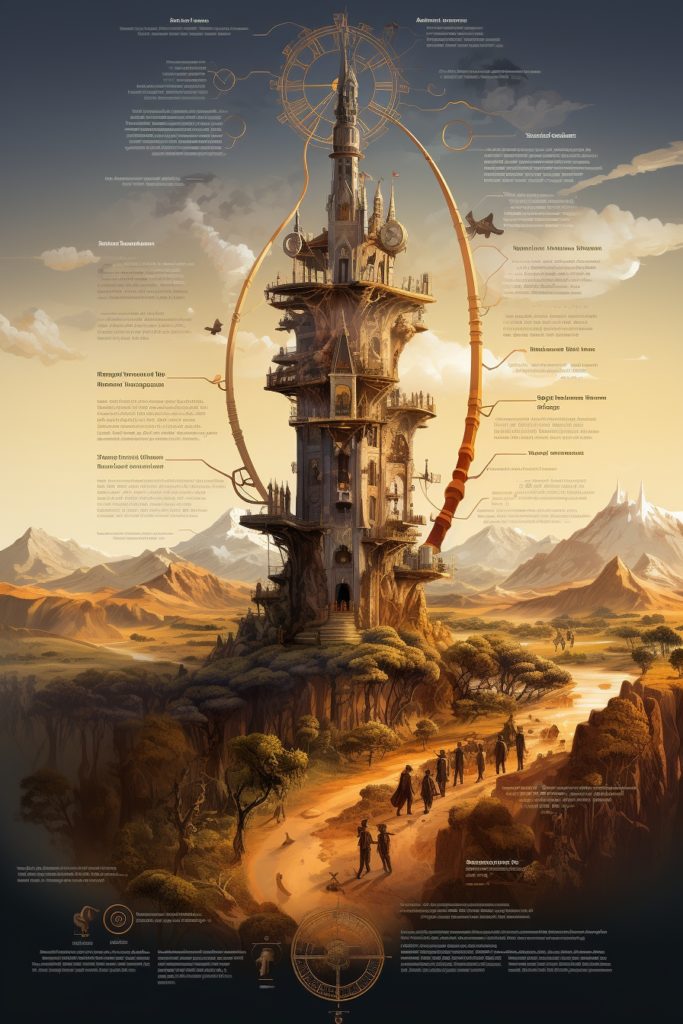
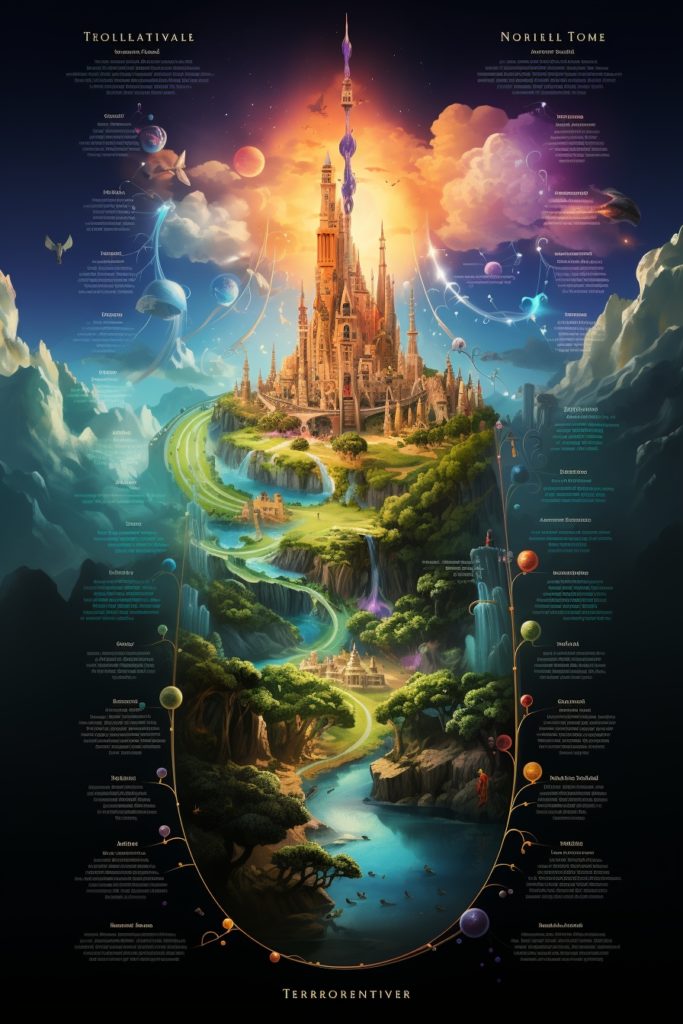 Alright, here comes a big decision—when crafting a novel series timeline, will yours follow the chronological order of events, or the order they’re revealed in the narrative? Each has its own pros and cons. A chronological timeline keeps everything neat and tidy, but a narrative timeline can help you track pacing and tension. It might be helpful to maintain both; this way, you understand not just what happens, but also how it’s presented to the reader. Double the timelines, double the insights!
Alright, here comes a big decision—when crafting a novel series timeline, will yours follow the chronological order of events, or the order they’re revealed in the narrative? Each has its own pros and cons. A chronological timeline keeps everything neat and tidy, but a narrative timeline can help you track pacing and tension. It might be helpful to maintain both; this way, you understand not just what happens, but also how it’s presented to the reader. Double the timelines, double the insights!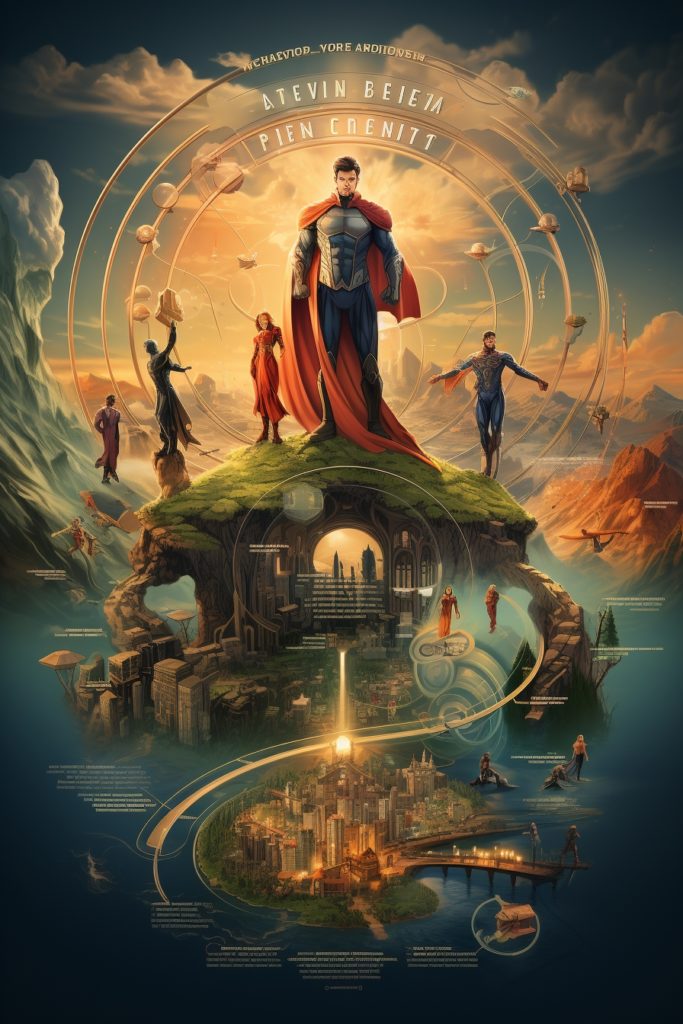 Let’s get something straight: consistency is your best friend when writing a series. A timeline enables you to track every nuance, from character birthdays to the phases of the moon, should that be important in your world. It’s all too easy for small inconsistencies to creep in when you’re writing multiple books over several years. Your timeline becomes your reference point, ensuring that every detail aligns from one book to the next. As you’re writing, when you want to remember exactly when something happened, you can check your timeline instead of riffling through your prior books.
Let’s get something straight: consistency is your best friend when writing a series. A timeline enables you to track every nuance, from character birthdays to the phases of the moon, should that be important in your world. It’s all too easy for small inconsistencies to creep in when you’re writing multiple books over several years. Your timeline becomes your reference point, ensuring that every detail aligns from one book to the next. As you’re writing, when you want to remember exactly when something happened, you can check your timeline instead of riffling through your prior books.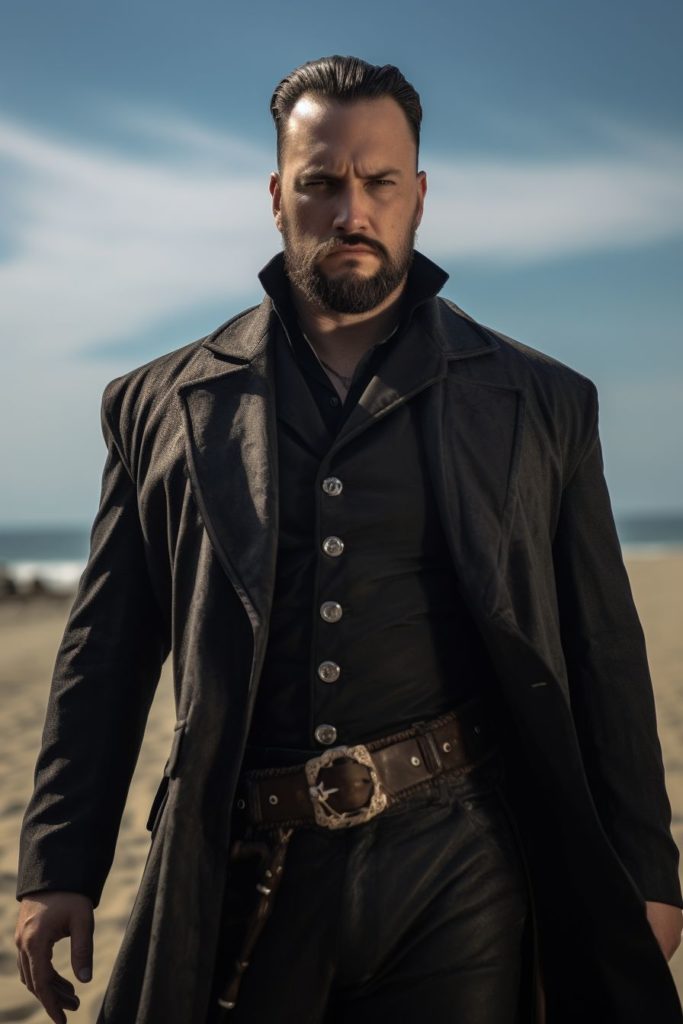
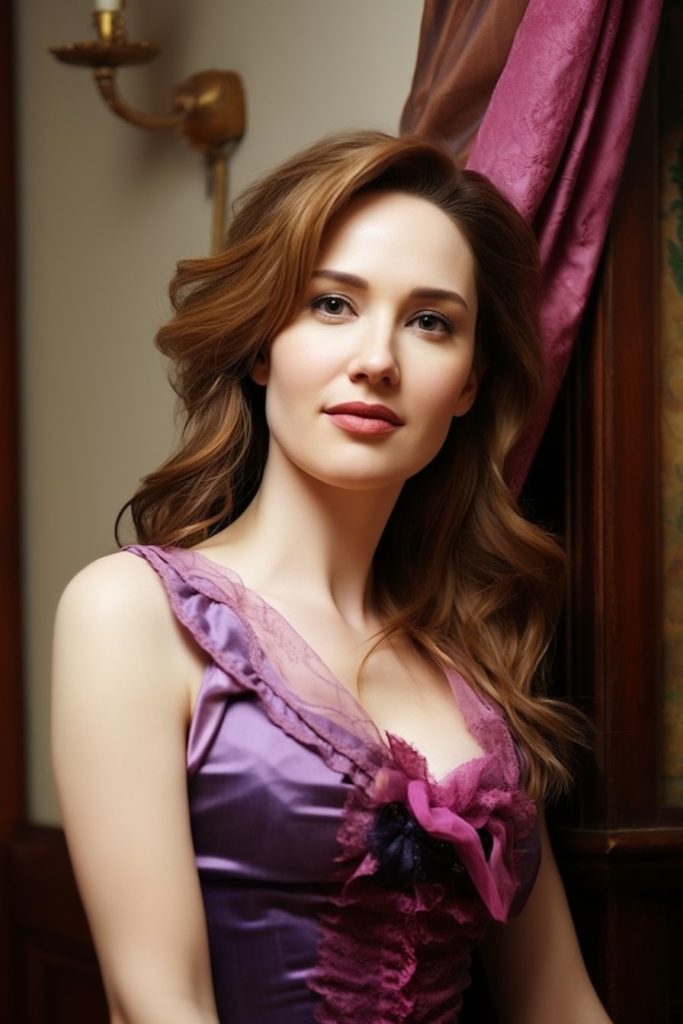 In the Creedverse, the gears and gadgets aren’t just an aesthetic choice. They make up functional machinery. The bodies of automatons are made of steel and hickory for durability. Machines created by Anna Boyd use thick glass, steel, wood, and leather straps..
In the Creedverse, the gears and gadgets aren’t just an aesthetic choice. They make up functional machinery. The bodies of automatons are made of steel and hickory for durability. Machines created by Anna Boyd use thick glass, steel, wood, and leather straps..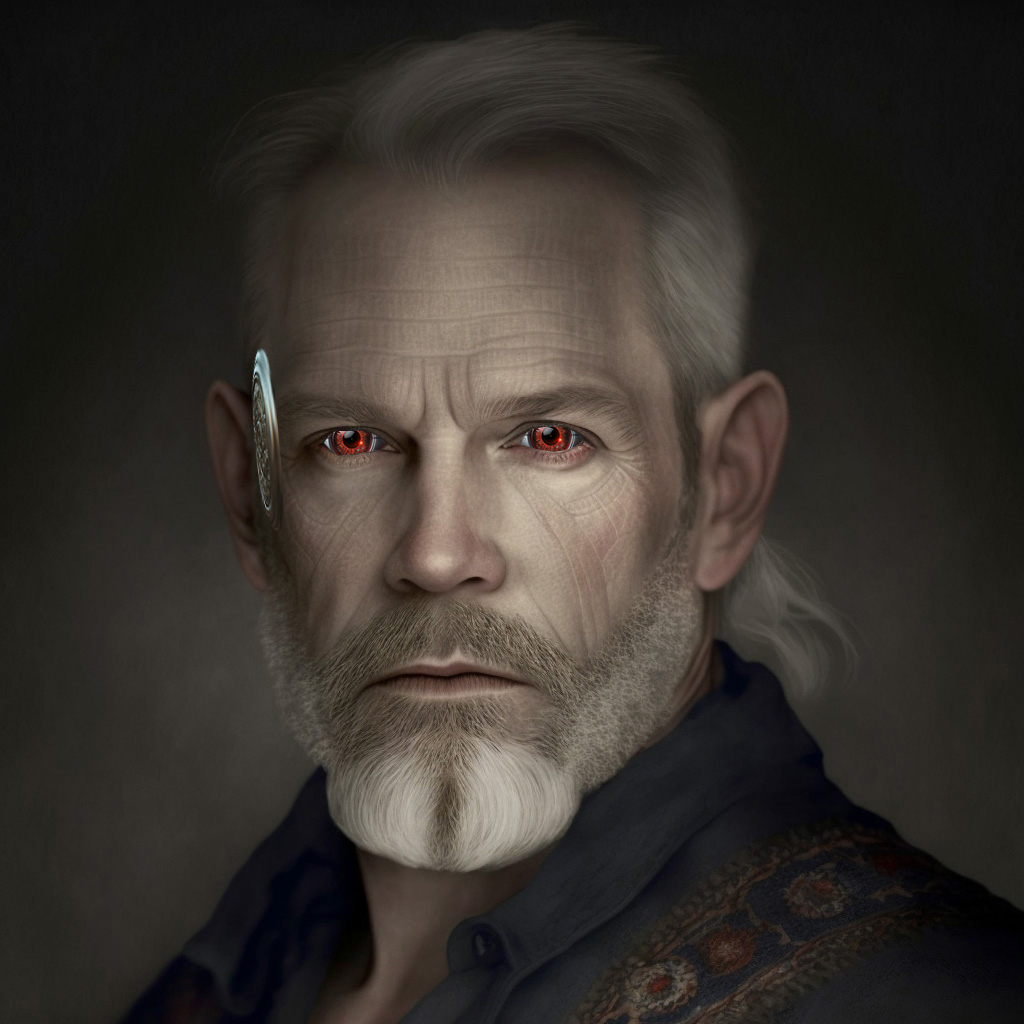
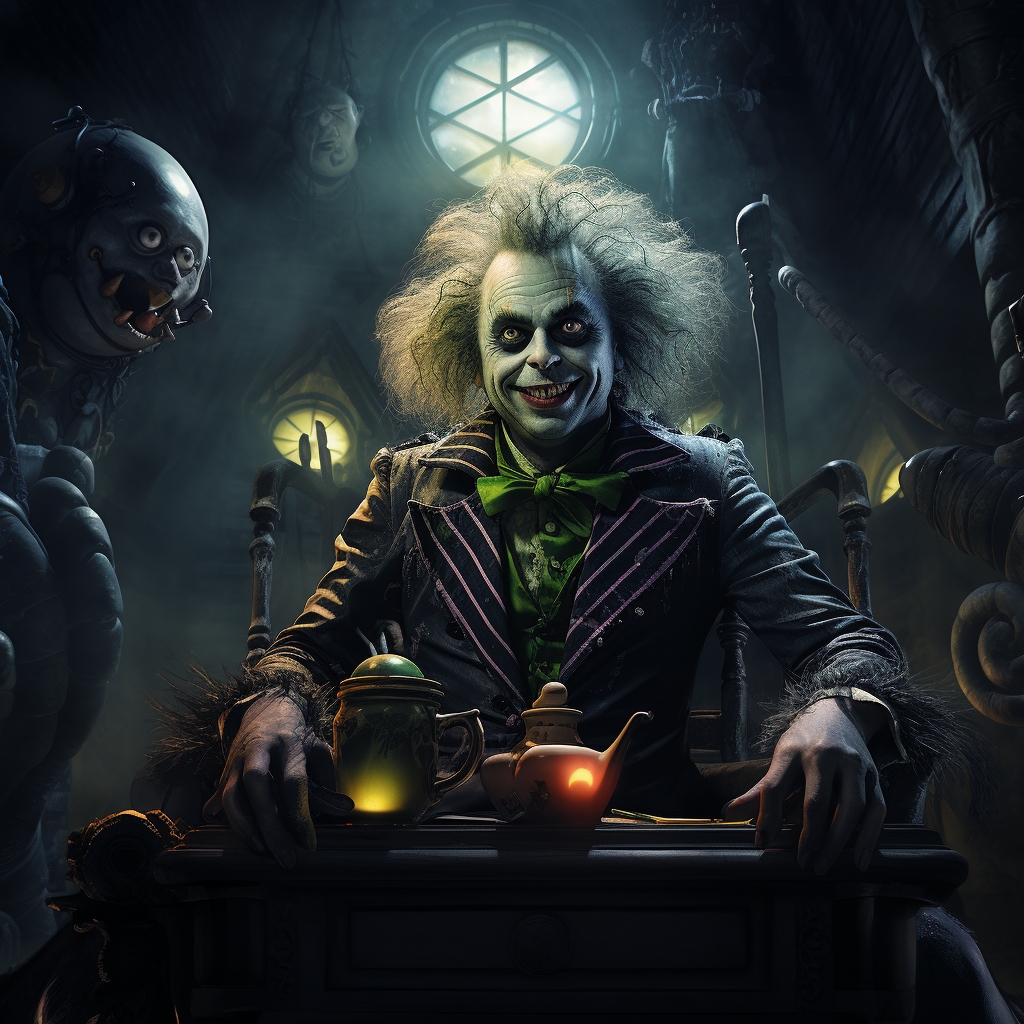
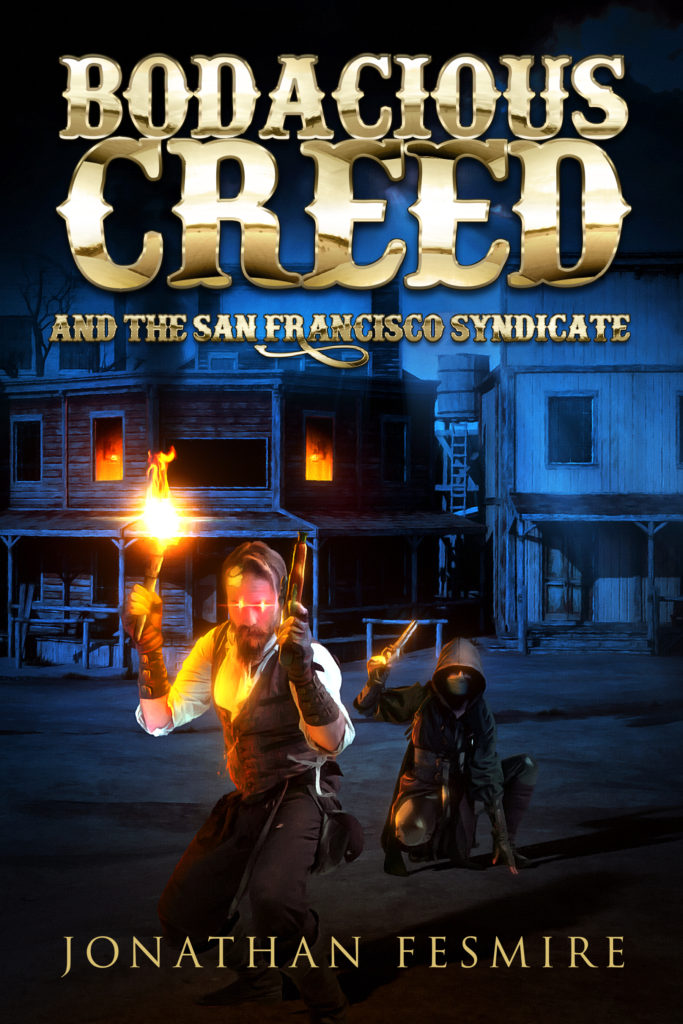 Publishing and Writing
Publishing and Writing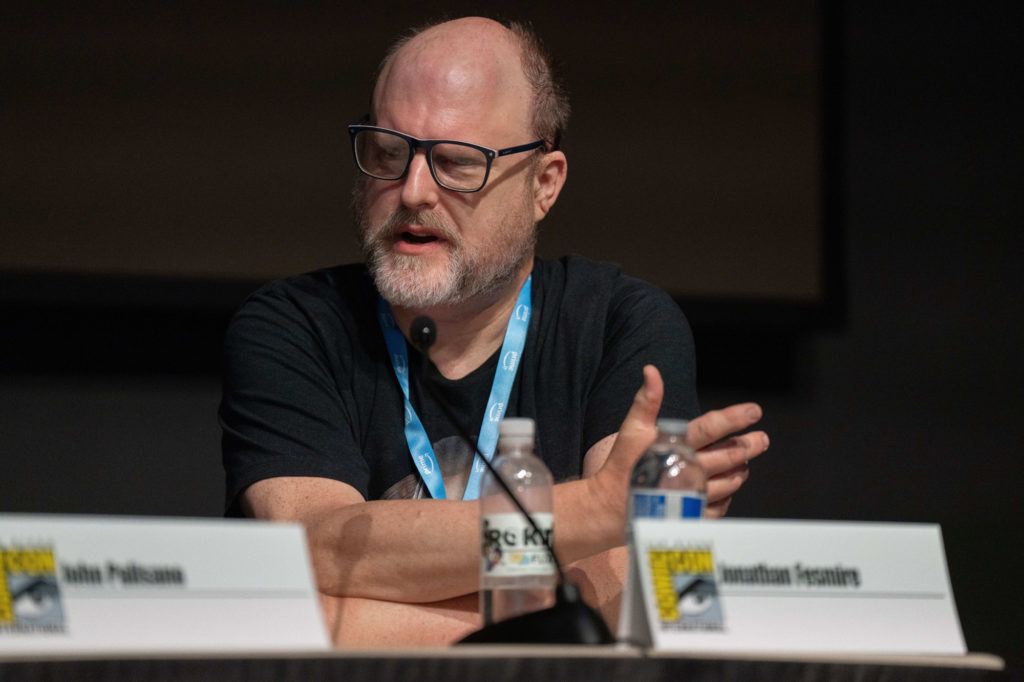 San Diego Comic Con 2023
San Diego Comic Con 2023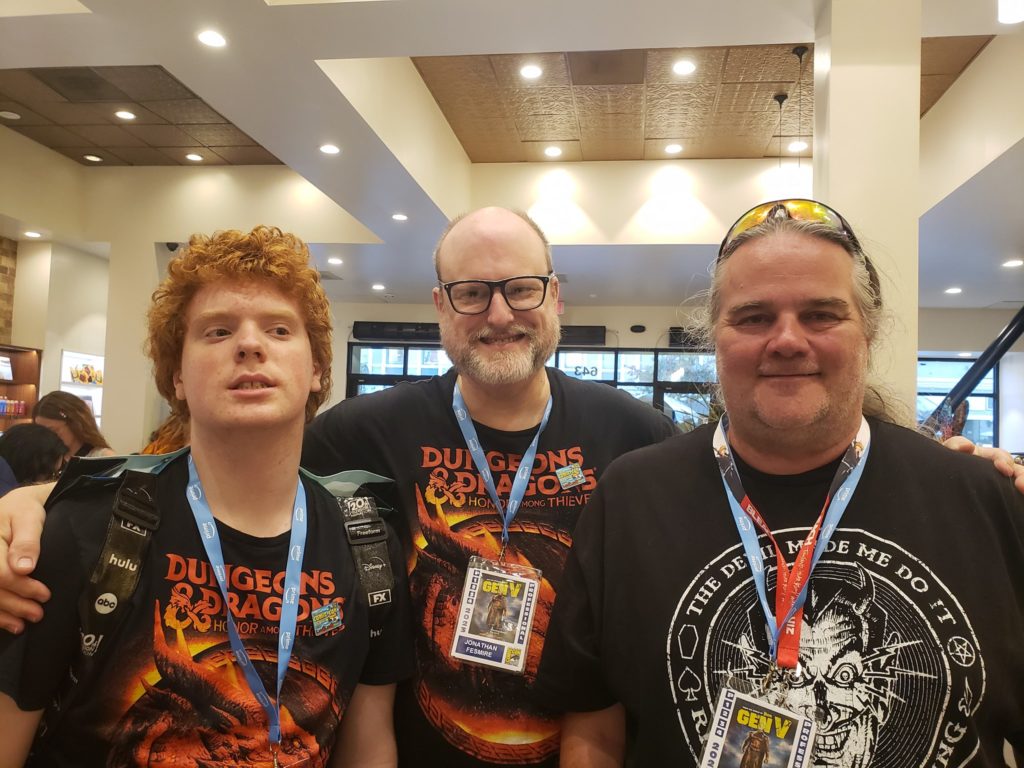 Our adventure kicked off on Thursday, July 20, with meeting my long-time friend, Kevin Andrew Murphy. With 15 years (or so!) since our last face-to-face encounter, it was a heartwarming reunion. We headed to an Irish pub for a hearty meal before indulging our sweet tooth at Ghirardelli Square. The day concluded with the Comic Legal Defense Fund party, where another friend, Russell Nohelty, made a welcome appearance. Both Kevin and Russell are talented writers who breathe life into their characters and stories, making the worlds they create compellingly real.
Our adventure kicked off on Thursday, July 20, with meeting my long-time friend, Kevin Andrew Murphy. With 15 years (or so!) since our last face-to-face encounter, it was a heartwarming reunion. We headed to an Irish pub for a hearty meal before indulging our sweet tooth at Ghirardelli Square. The day concluded with the Comic Legal Defense Fund party, where another friend, Russell Nohelty, made a welcome appearance. Both Kevin and Russell are talented writers who breathe life into their characters and stories, making the worlds they create compellingly real.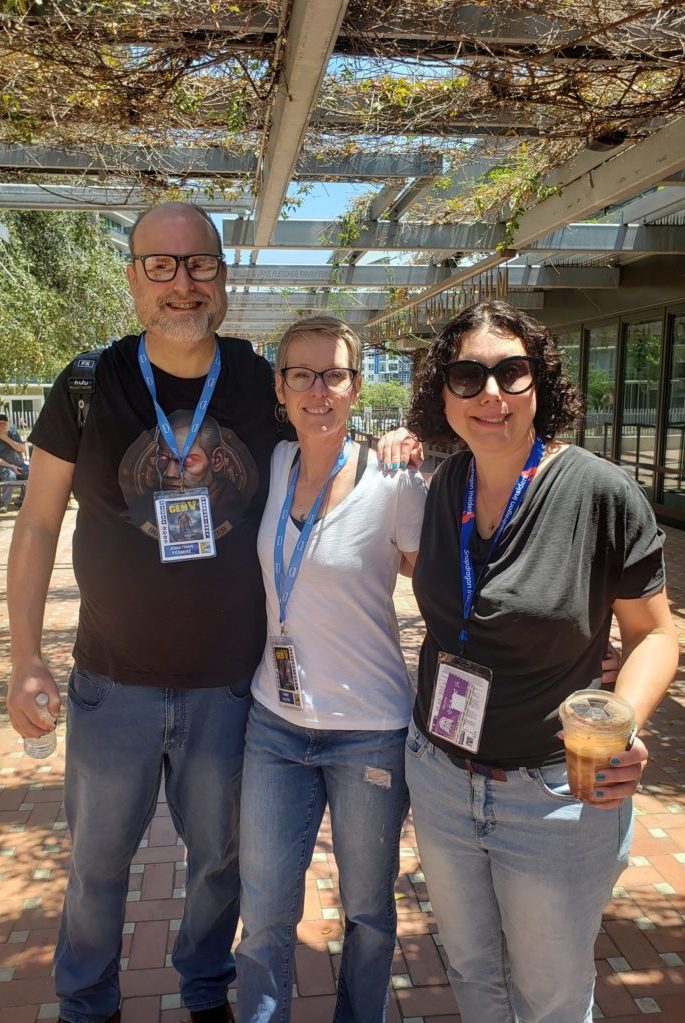
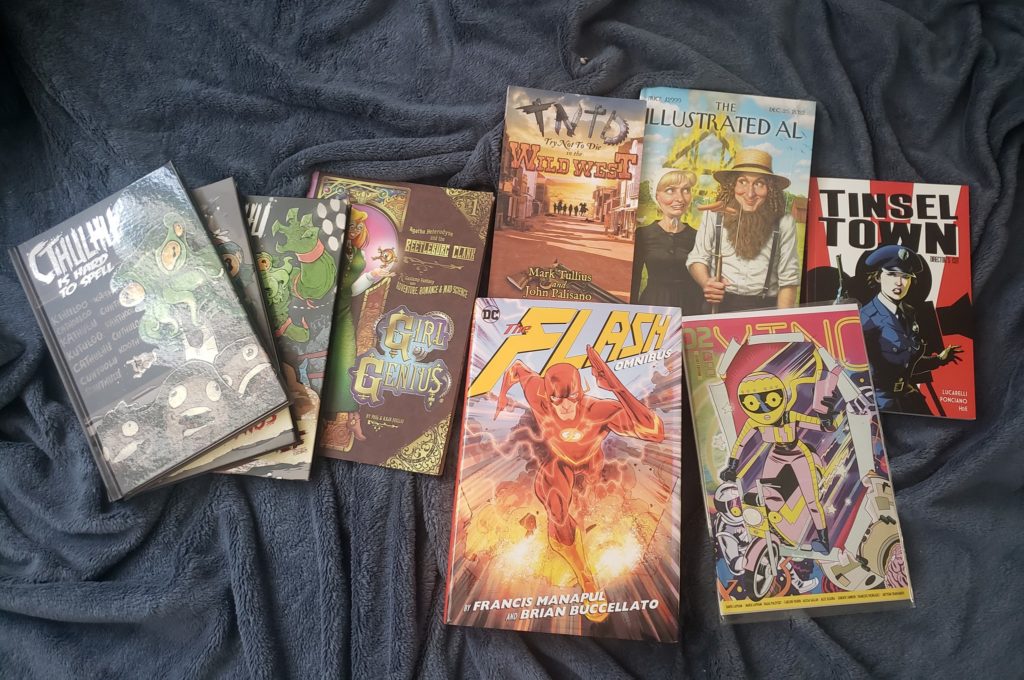 SDCC wouldn’t be complete without bringing home souvenirs. From graphic novels to tees and dice sets, we found treats for both my son and me. I traded a copy of the first novel in my steampunk zombie western trilogy, Bodacious Creed: a Steampunk Zombie Western, for Phil Foglio’s first Girl Genius graphic novel. I’ve been a fan of Phil for a long time and was delighted to meet him in person. I also got to meet David Lucarelli, author of Tinsel Town. I purchased Russell Nohelty’s Cthulhu is Hard to Spell series, and bought my son a huge, hardcover The Flash omnibus. (He loves graphic novels!)
SDCC wouldn’t be complete without bringing home souvenirs. From graphic novels to tees and dice sets, we found treats for both my son and me. I traded a copy of the first novel in my steampunk zombie western trilogy, Bodacious Creed: a Steampunk Zombie Western, for Phil Foglio’s first Girl Genius graphic novel. I’ve been a fan of Phil for a long time and was delighted to meet him in person. I also got to meet David Lucarelli, author of Tinsel Town. I purchased Russell Nohelty’s Cthulhu is Hard to Spell series, and bought my son a huge, hardcover The Flash omnibus. (He loves graphic novels!)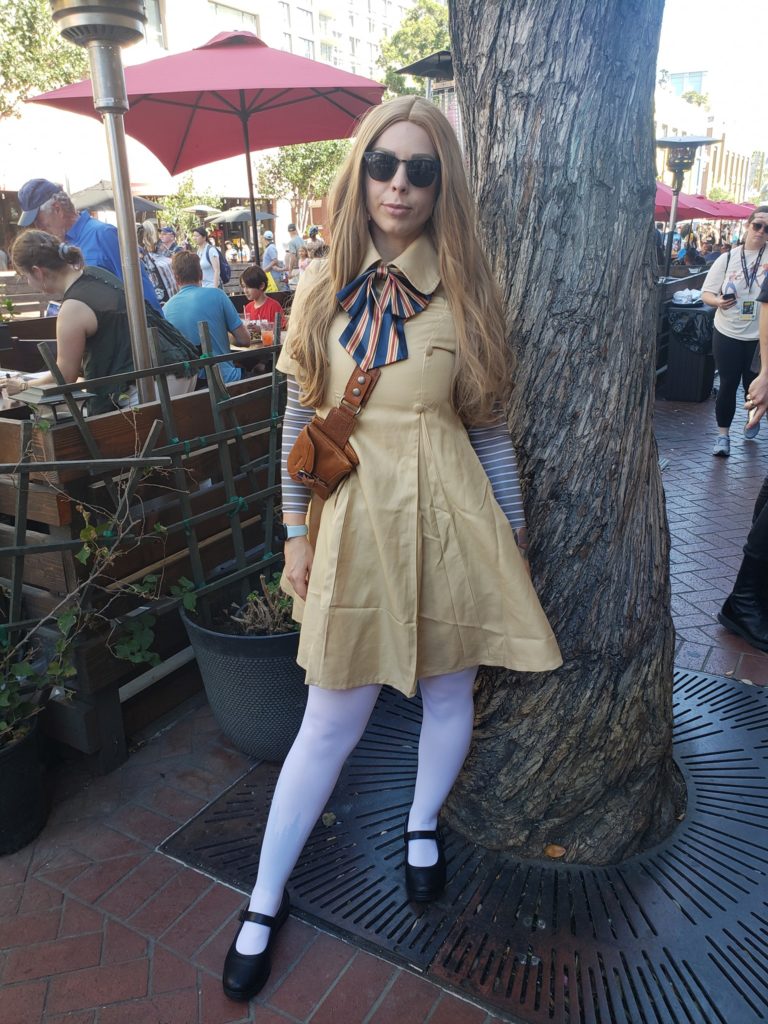 Among the whirlwind of experiences, the sight of cosplayers brought the characters we all adore from page and screen to real life. Although I didn’t manage to capture many, I snapped a few pictures that encapsulate the incredible creativity and passion in the cosplay community.
Among the whirlwind of experiences, the sight of cosplayers brought the characters we all adore from page and screen to real life. Although I didn’t manage to capture many, I snapped a few pictures that encapsulate the incredible creativity and passion in the cosplay community.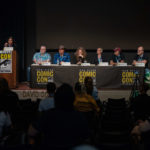


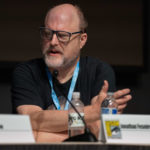

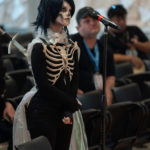
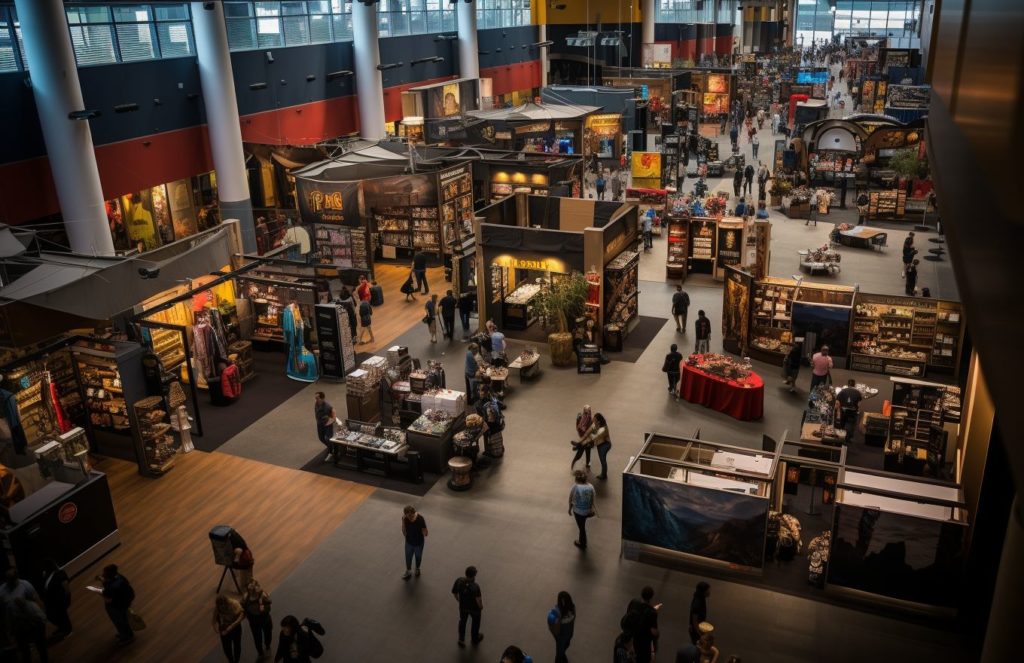
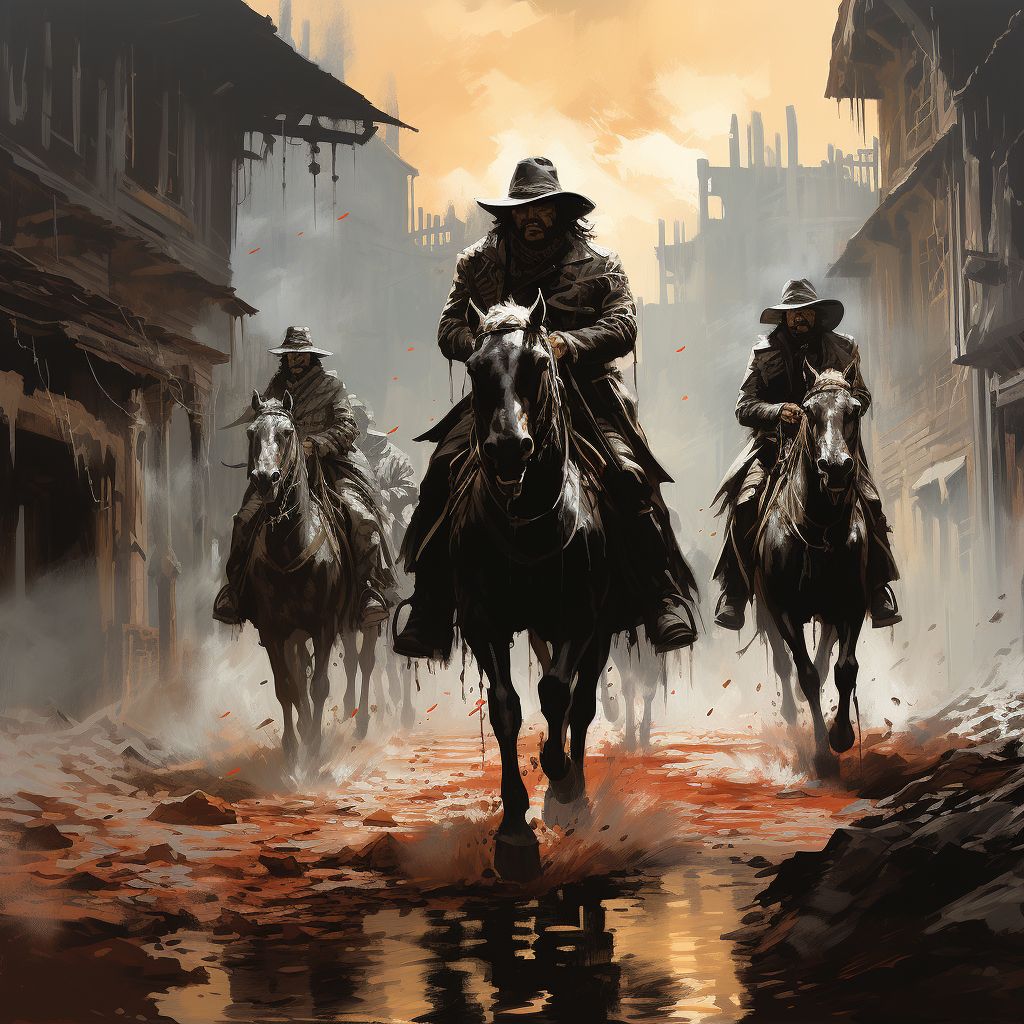
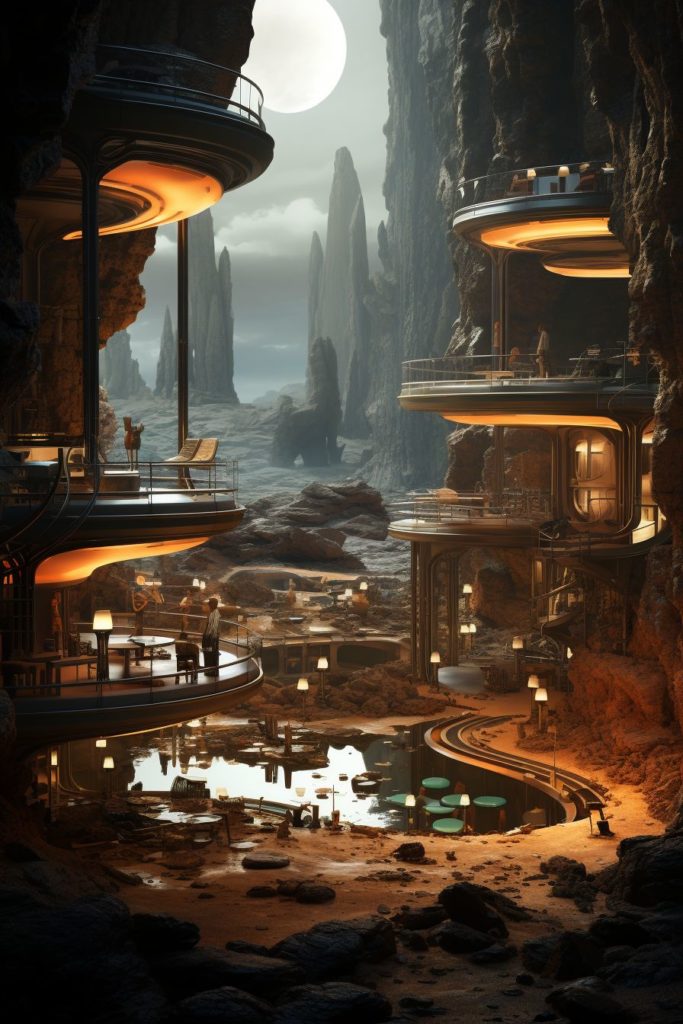 Over the years, Comic-Con has become a crucial stop on the promotional circuit for Hollywood. Major film and television studios use the convention as an opportunity to promote upcoming projects, often bringing star-studded casts along for panels and autograph signings. Attendees might find themselves in the same room as their favorite Hollywood stars or get a first glimpse of an anticipated movie trailer.
Over the years, Comic-Con has become a crucial stop on the promotional circuit for Hollywood. Major film and television studios use the convention as an opportunity to promote upcoming projects, often bringing star-studded casts along for panels and autograph signings. Attendees might find themselves in the same room as their favorite Hollywood stars or get a first glimpse of an anticipated movie trailer.